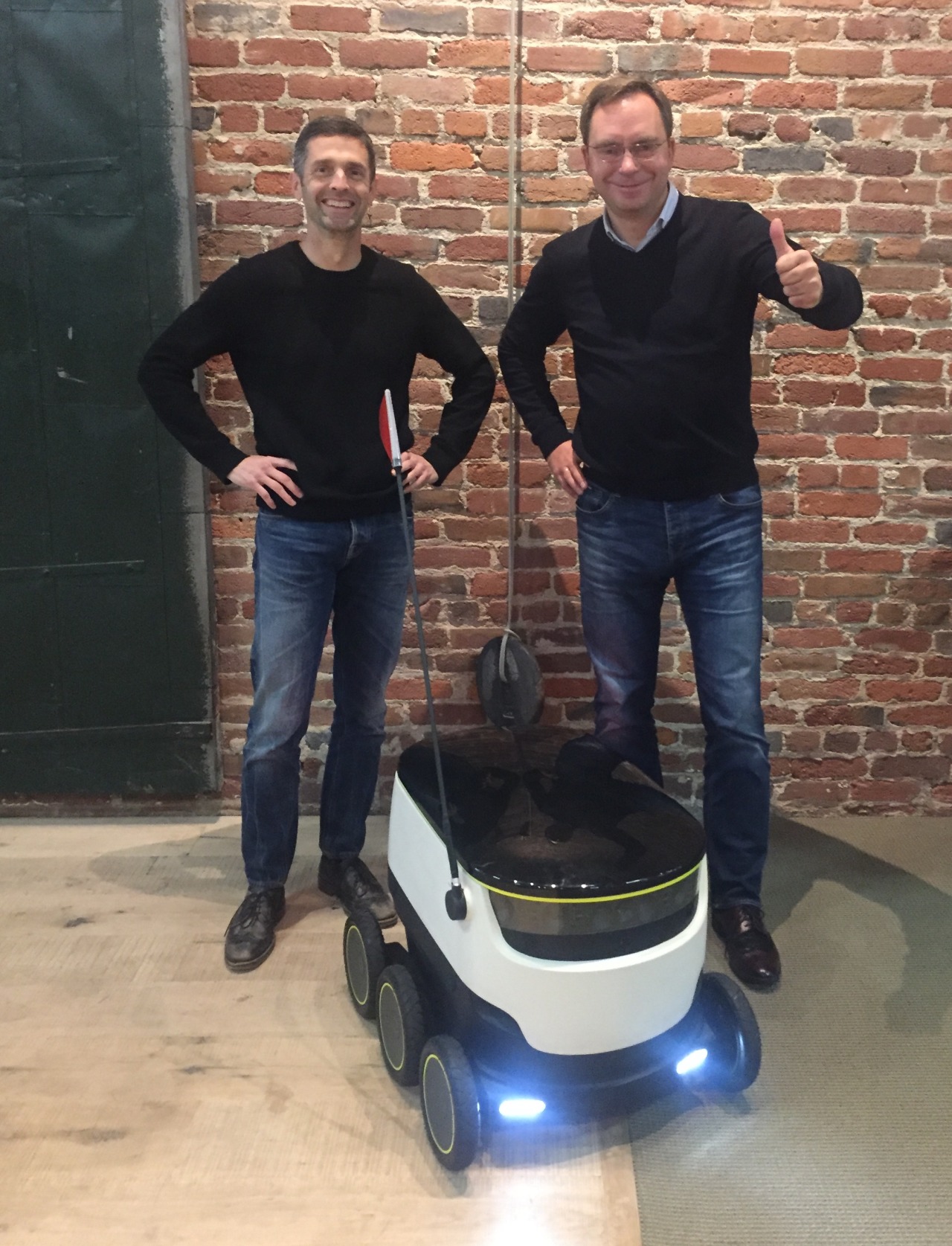When Will Consumer Robotics Reach The “iPhone Moment”?
Recently I attended the west coast premiere of General Magic. It’s a documentary movie about the rise and fall of a startup building one of the first PDAs in the early 1990′s. Similar to Apple’s Newton and predating the PalmPilot, General Magic incorporated all of the key ideas of today’s modern smartphone into a single product long before the technologies (for both the device and the networks) were ready to support a great user experience.
Unfortunately, General Magic’s product failed - the price was way too high, wireless networks were in their relative infancy, and the device was slow. It took about 13 years for the underlying technologies to mature enough for Apple to release their first iPhone. And (not coincidentally) many of the same engineers at General Magic played key roles in bringing the iPhone and Android smartphones to market.
I think consumer robotics is roughly 10-15 years away from a major iPhone-like moment. That moment is when robotics platforms can provide useful functionality in typical homes. There are some great efforts underway right now, like Misty Robotics, which by analogy is probably closer to the original PalmPilot than the Apple II. However, the truly breakthrough products will need to be able to climb stairs, open doors, have great battery life, and grab the proverbial “beer from the refrigerator” for consumers.
On individual technology dimensions, amazing progress is being made. You’ve probably seen the infamous Boston Dynamics videos showing robots climbing stairs and opening doors. Perception and grasping technologies are advancing quickly, as shown recently by demos like this one from OpenAI. But each still has limitations that keep them from being incorporated into a consumer-friendly general purpose robot. Cost, size and power need to improve dramatically - which 15 years of Moore’s Law advances in semiconductor technology should solve - in order to advance to the level of consumer robotics functionality, price and usability that consumers will want in their lives. But when they come together, a huge new platform wave for applications, similar to the iPhone’s, will emerge.







